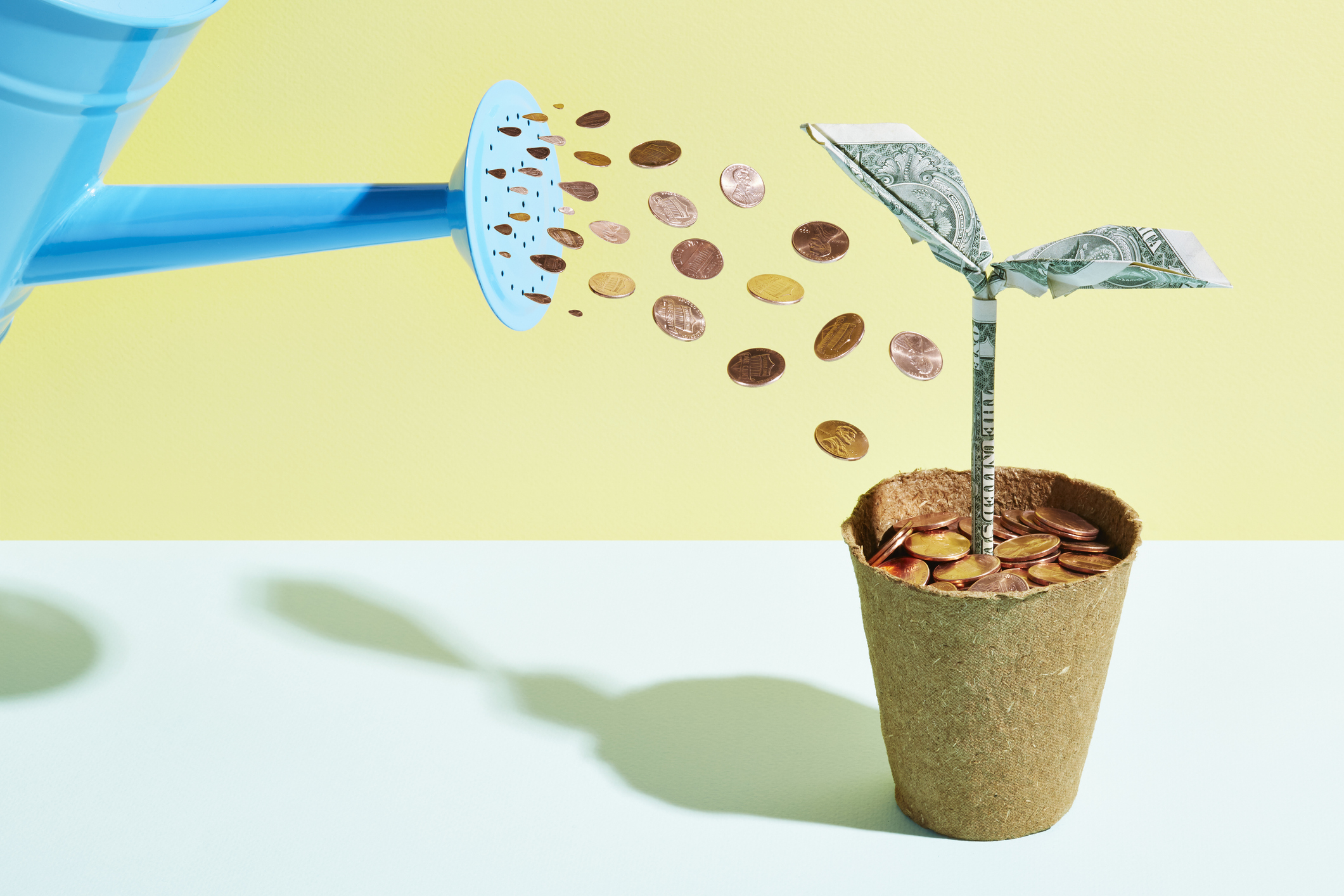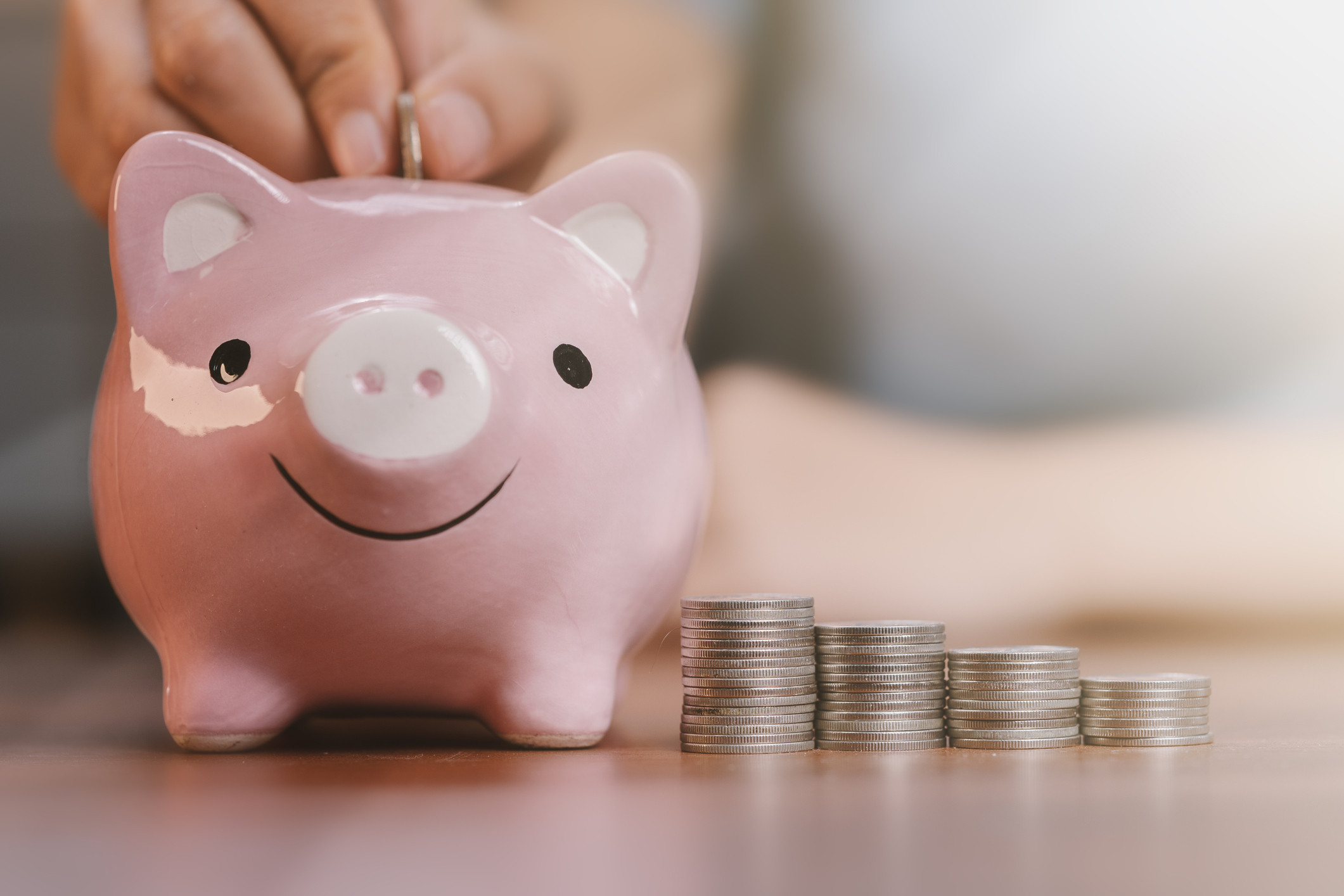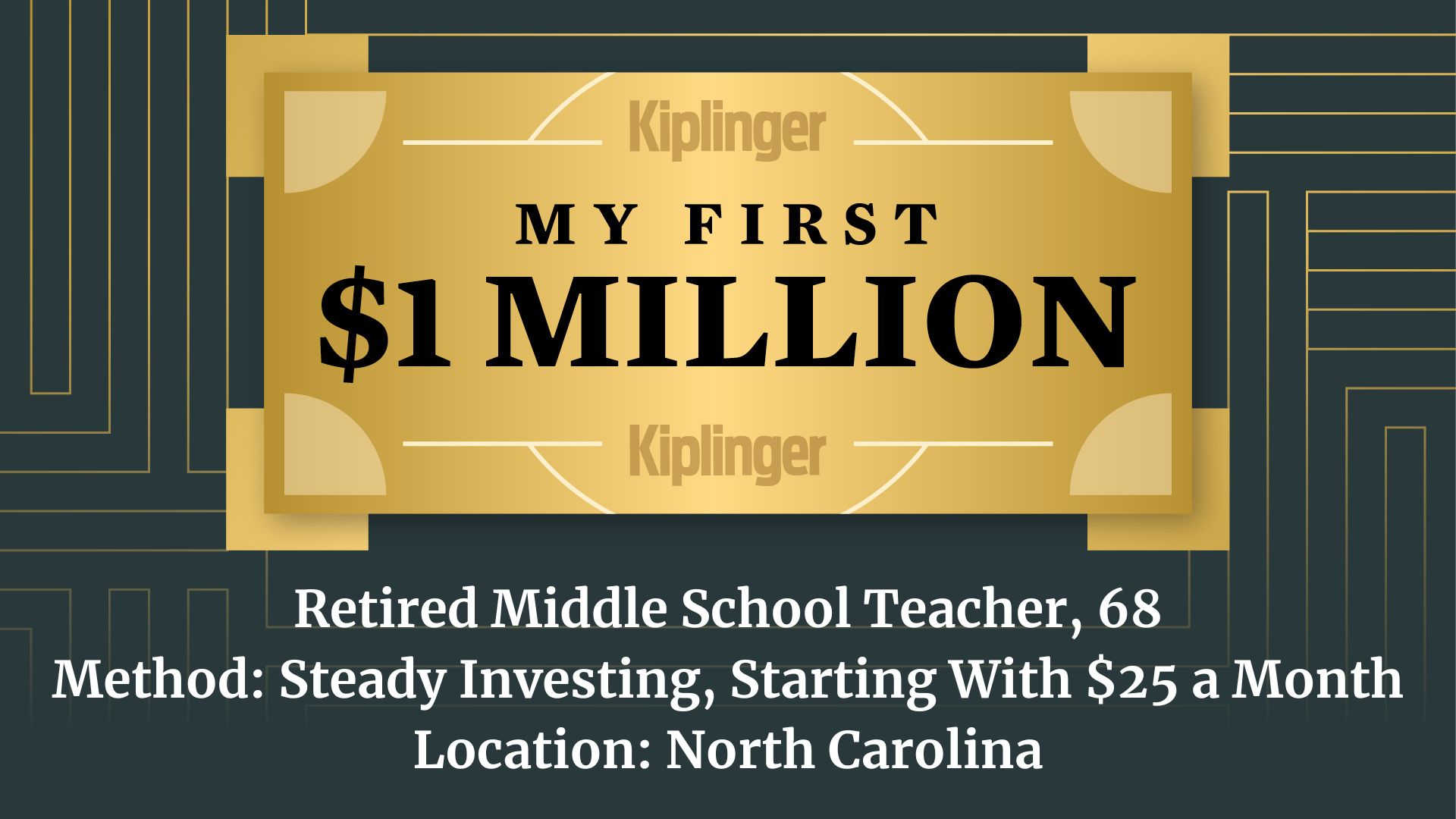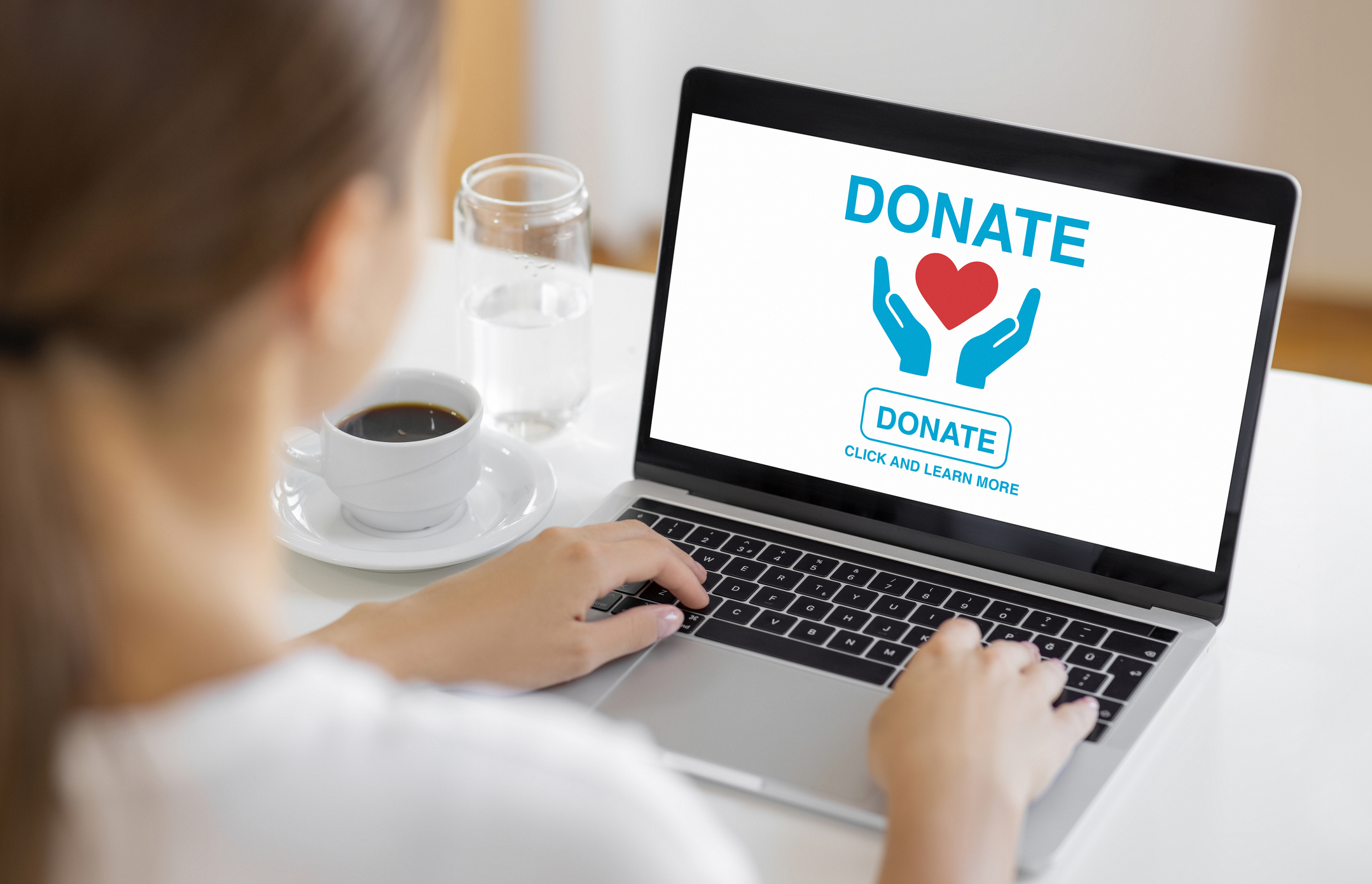Is It Worth Getting a High-Yield Savings Account Before the Fed Meeting?
High-yield savings accounts declined when the Fed cut rates at its October meeting. However, some accounts can still help you stay ahead of inflation.


The Federal Reserve meets on December 9-10, with many economists projecting another quarter-point rate cut.
When the Fed cuts rates, it impacts savers by way of lower APYs. However, it can take weeks to months for banks to lower rates, and even with a minor reduction, high-yield savings accounts will still earn a rate surpassing inflation.
With this in mind, here's why we still recommend a HYSA in the interim. We also present another risk-free savings option that'll help you maximize returns.
From just $107.88 $24.99 for Kiplinger Personal Finance
Become a smarter, better informed investor. Subscribe from just $107.88 $24.99, plus get up to 4 Special Issues

Sign up for Kiplinger’s Free Newsletters
Profit and prosper with the best of expert advice on investing, taxes, retirement, personal finance and more - straight to your e-mail.
Profit and prosper with the best of expert advice - straight to your e-mail.
Why it’s worth getting a high-yield savings account before the next Fed meeting

While opening a high-yield savings account before the next Fed meeting won’t lock in current rates, as the APY on these accounts fluctuates with the market, it’s still worth it to open one.
Why? Because the rates are still high. Our top choice, Newtek Bank, offers a 4.35% APY with no account minimums or fees. It's a great way to build an emergency savings, or for established savers to set aside money to meet short-term savings goals.
Compare rates on high-yield accounts by using the tool below, powered by Bankrate:
When to consider a CD account

Unlike high-yield savings accounts, CD accounts offer a fixed APY. This means that if rates go down after you've opened a CD, your earnings won't be affected.
If you're concerned about earning a lower rate of return, then it's wise to consider this over a high-yield savings account.
While opening a CD account can be a smart way to take advantage of high rates for as long as possible, there's one caveat: You'll need to make sure you don't make any withdrawals before the CD matures. Doing so will result in fees that can offset any interest earned (unless you have a no-penalty CD account).
The bottom line on high-yield savings accounts
Taking advantage of today’s high-yield savings and CD account rates can help you maximize your earnings. The Fed will likely cut rates when it meets soon, impacting how much you'll earn on savings.
However, even if you stick with a high-yield savings account, you'll still earn a rate outpacing inflation. And with CDs, you still have time to lock in the highest rate now, before they change.
Related Content
Profit and prosper with the best of Kiplinger's advice on investing, taxes, retirement, personal finance and much more. Delivered daily. Enter your email in the box and click Sign Me Up.

Sean is a veteran personal finance writer, with over 10 years of experience. He's written finance guides on insurance, savings, travel and more for CNET, Bankrate and GOBankingRates.
-
 Holiday Tax Scams: 'Tis the Season to be Wary
Holiday Tax Scams: 'Tis the Season to be WaryTax Scams Navigating tax tricks of the holiday season may be daunting, but don't let that destroy your festive spirit
-
 Metro by T-Mobile Is Giving Away This Samsung Galaxy A16: Which Plans Are Eligible?
Metro by T-Mobile Is Giving Away This Samsung Galaxy A16: Which Plans Are Eligible?Metro by T-Mobile is offering free Samsung Galaxy A16 phones on eligible plans right now. Here’s how the deal works.
-
 I Drive and Collect Classic Cars: Here’s How I Got Started
I Drive and Collect Classic Cars: Here’s How I Got StartedAre classic cars a hobby or an investment strategy — or both? Either way, the vintage car scene is much cooler and more affordable than you think.
-
 Metro by T-Mobile Is Giving Away This Samsung Galaxy A16: Which Plans Are Eligible?
Metro by T-Mobile Is Giving Away This Samsung Galaxy A16: Which Plans Are Eligible?Metro by T-Mobile is offering free Samsung Galaxy A16 phones on eligible plans right now. Here’s how the deal works.
-
 I Drive and Collect Classic Cars: Here’s How I Got in the Game Without Spending a Fortune
I Drive and Collect Classic Cars: Here’s How I Got in the Game Without Spending a FortuneAre classic cars a hobby or an investment strategy — or both? Either way, the vintage car scene is much cooler and more affordable than you think.
-
 My First $1 Million: Retired Middle School Teacher, 68, North Carolina
My First $1 Million: Retired Middle School Teacher, 68, North CarolinaEver wonder how someone who's made a million dollars or more did it? Kiplinger's My First $1 Million series uncovers the answers.
-
 4 Financial To-Dos to Finish 2025 Strong and Start 2026 on Solid Ground
4 Financial To-Dos to Finish 2025 Strong and Start 2026 on Solid GroundDon't overlook these important year-end check-ins. Missed opportunities and avoidable mistakes could end up costing you if you're not paying attention.
-
 9 Types of Insurance You Probably Don't Need
9 Types of Insurance You Probably Don't NeedFinancial Planning If you're paying for these types of insurance, you may be wasting your money. Here's what you need to know.
-
 I'm an Insurance Pro: It's Time to Prepare for Natural Disasters Like They Could Happen to You
I'm an Insurance Pro: It's Time to Prepare for Natural Disasters Like They Could Happen to YouYou can no longer have the mindset that "that won't happen here." Because it absolutely could. As we head into 2026, consider making a disaster plan.
-
 The Future of Philanthropy Is Female: How Women Will Lead a New Era in Charitable Giving
The Future of Philanthropy Is Female: How Women Will Lead a New Era in Charitable GivingWomen will soon be in charge of trillions in charitable capital, through divorce, inheritance and their own investments. Here's how to use your share for good.
-
 The Retirement Donor's Checklist: Key Deadlines by Gift Type
The Retirement Donor's Checklist: Key Deadlines by Gift TypeRetirees have some charitable contribution options that can help avoid spikes in income from RMDS and capital gains.